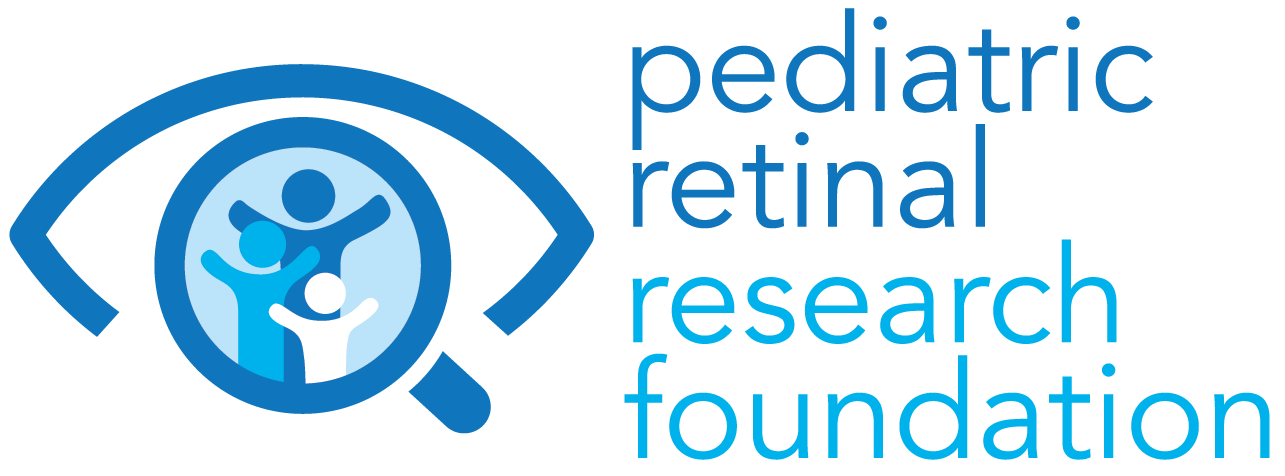A Visionary Journey: Evolution of Education for the Visually Impaired
By Jeanne McClellan
In earlier blog posts, I promised to delve deeper into the Royal Institute for Blind Youth and the Perkins Institute for the Blind. With that in mind, here is a brief overview of the evolution of education for individuals with visual disabilities over the decades and centuries, a journey marked by significant developments and controversies.
In 1784, Valentin Hauy founded the Royal Institute for Blind Youth in Paris, driven by two transformative experiences that shaped his life's mission.
Two decades earlier, on a theatrical stage, Valentin Hauy witnessed a distressing spectacle: blind individuals, dressed in costumes, were ridiculed by the audience as they pretended to play musical instruments on the floor. This scene left Hauy deeply troubled. Years later, while encountering a blind beggar boy, Hauy observed the tactile method the boy used to identify the value of coins. Inspired by this encounter, Hauy conceived the idea of using raised letters for blind individuals to read, laying the foundation for embossing, which would later evolve into Braille. Motivated by this revelation, Hauy embarked on teaching the boy to read, thus igniting his vision to establish a school for the blind.
The Royal Institute for Blind Youth in Paris was the first of its kind in the world. Valentin Hauy, a committed scholar, devoted himself to empowering individuals with vision impairments who might otherwise have been marginalized. As we learned in our previous blog about Louis Braille, the institute provided a curriculum mirroring that of traditional schools. However, the advent of the Braille system revolutionized literacy education, making it significantly more accessible for blind students. Valentin’s school was the model for many others to follow.
In l791, the first such school in England opened in Liverpool. Europe was ahead of the Americans, but the U.S. was a young, ambitious country and that would soon change.
During the early to mid-1800s in the United States, educators in regular residential schools began training blind students for apprenticeships. However, it wasn't until 1829 that the first school exclusively for individuals with vision impairments was established. Inspired by his observations in Paris, Charles Gridley Howe founded the New England School for the Blind, later known as the Perkins School. Following this, in 1831, the New York School for the Blind was established. In the 1850s, the Flint School for the Blind opened its doors, but shortly afterward, its 35 blind students transitioned to become the inaugural students of the Michigan School for the Blind, based in Lansing, which opened in 1881.
Starting as early as 1866, pioneering advocates like Charles Gridley Howe voiced concerns about segregating blind students for their education. Alexander Graham Bell echoed similar sentiments in 1898. Consequently, in 1900, Michigan and Wisconsin became the first two states to allocate public funds to traditional schools specifically for educating children with disabilities.
It was a dynamic time of great progress and innovation. Organizations for teachers of the blind were being formed, alongside various advocacy groups for individuals with visual impairment. Furthermore, inventions such as the telephone, motion pictures, phonographs, and others were prolific during this time.
Independent living for individuals with vision disabilities was becoming increasingly feasible. In the early 1900s, White cane laws, championed by the Lions Club, were enacted, and recordings for the blind were introduced. Entrepreneurs and inventors recognized the untapped potential of the blind community.
Throughout the mid-century, significant changes persisted. Universities developed programs to train instructors in orientation and mobility, and low vision education gained traction. Moreover, textbooks started to be produced in Braille, and a few students began integrating into the public education system.
However, it wasn't until 1975 that students with vision disabilities, along with other children with disabilities, became mandated participants in the public school system, thanks to legislation such as the Education of Handicapped Children Act (EHA) and its subsequent iteration, the Individuals with Disabilities Education Act (IDEA). As students transitioned to public schools, the need for segregation diminished, leading to the closure of institutions like the Michigan School for the Blind in 1996.
Nevertheless, controversies surrounding the integration of students with disabilities, commonly referred to as mainstreaming, persist to this day. During the Disability Rights Movement of the 1980s and 1990s, some advocates opposed mainstreaming, believing it deprived children with disabilities of the opportunity to interact with true peers and hindered the normalization of disability. While these debates endure, it's evident that early advocates like Helen Keller and Charles Gridley Howe paved the way for the opportunities and choices available today.
While the battle has been largely won, ongoing skirmishes remain necessary. It's likely that our Family Advisory Committee can attest to the ongoing debates surrounding the pros and cons of integration, as they advocate for the needs of their blind or visually impaired children.
About the author:
Jeanne McClellan was born and raised in Royal Oak, Michigan, receieved a master's degree in psychology, and worked for approximately 30 years as a counselor and social worker until she retired in 2009.

